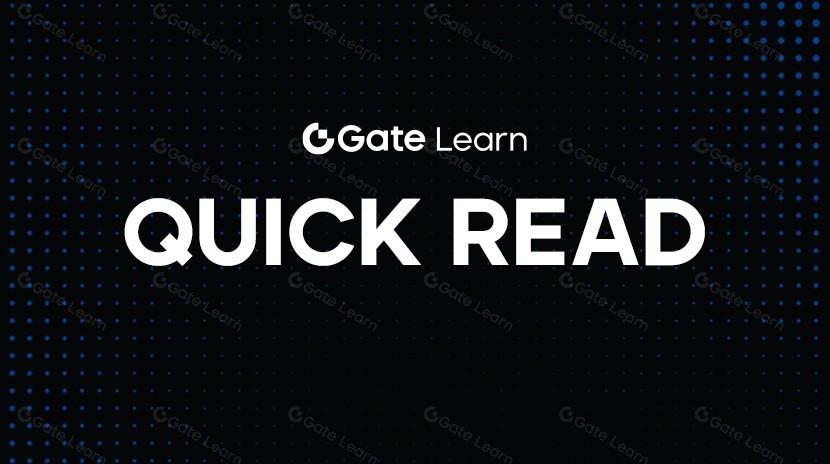What is Polymesh (POLYX)?
What is Polymesh?

(Source: PolymeshNetwork)
Polymesh is an enterprise-grade blockchain specifically designed for security tokens, aimed at filling the gap in the compliance financial sector that traditional public blockchains leave. By enhancing key elements such as identity verification, transaction privacy, governance design, and compliance controls, Polymesh enables institutions, investors, issuers, and regulators to establish trust on-chain and expand new possibilities in the capital markets.
Why do we need a chain specifically for security tokens?
Although public chains like Ethereum have provided infrastructure for token issuance, their characteristics such as anonymity, lack of auditability, and absence of a regulatory governance framework make it difficult to meet the strict requirements of securities regulations. Taking security tokens as an example, issuers must clearly know who the holders are, their holding proportions, and transaction records, while also being able to enforce identity verification (KYC) and anti-money laundering (AML) mechanisms.
These go beyond the functional design of general public chains, which is why Polymesh was built with four design principles for a specialized chain:
Identity
All entities operating on Polymesh (whether they are issuers, validators, or investors) must undergo identity verification. This not only ensures compliance but also strengthens the on-chain order of "one person, one identity", preventing issues such as Sybil attacks.Confidentiality
Polymesh introduces cryptographic technologies such as zero-knowledge proofs and asymmetric encryption to ensure that transaction data can maintain privacy while meeting transfer restrictions. For example, the issuer can see the transaction details of their assets, but other participants cannot peek.Governance
Through a governance structure with multiple committees (such as the Technical Committee, Economic Committee, Governance Committee, etc.), Polymesh avoids the common "hard fork" issue seen in traditional public chains, achieving an on-chain upgradeable operation model without causing splits.Compliance
Compliance is one of the core values of Polymesh, with on-chain built-in compliance modules (such as KYC/AML, identity tiering, transfer restrictions, maximum number of holders, etc.), and supports the expansion of rules through Smart Extensions, making it suitable for different securities regulatory requirements around the world.
The core technology and mechanism of Polymesh
Protocol Design: Nominated Proof-of-Stake (NPoS)
Polymesh uses the NPoS consensus mechanism, maintained by named, regulated validators. Each validator must go through identity verification to ensure that network operations comply with regulatory requirements. POLYX holders can choose to delegate to validators and share block rewards.
Smart Extensions
Polymesh has launched intelligent extension modules that allow issuers to set specific transfer restriction rules for assets, such as:
- A single holder shall not exceed 10% of the total issuance.
- Only specific certified individuals are allowed to hold.
- Limit the maximum number of investors
These rules are established in a modular way, facilitating reuse and compliance.
POLYX token economic model
As the native token of Polymesh, POLYX plays two roles on the chain: fuel and governance.
- Gas fee: Any transaction, deployment of smart extensions, sending tokens, and other operations require payment in POLYX.
- Governance Rights: POLYX holders can participate in on-chain governance, such as proposals, voting, and parameter adjustments.
- Staking Verification: POLYX can be staked to validators to earn block rewards.
- Prevent spam trading: Transactions require a fee to avoid resource abuse.
- Incentivizing ecosystem growth: used for distributing developer grants and construction funds.
POLY → POLYX exchange mechanism
Early POLY token holders can use the official bridging tool to convert POLY to POLYX, the native token of Polymesh, at a 1:1 exchange rate. This bridging program will officially close in 2024, ultimately establishing POLYX as the only supported token.
The token distribution and issuance policy of Polymesh
According to the content of the white paper, the token model of POLYX is designed as a long-term sustainable PoS incentive mechanism, with the following focus:
- Total supply: The original issuance is approximately 890 million POLYX, followed by an additional 150 million to support block rewards.
- Block reward source: Comes from network transaction fees and issuance funds pool, used to ensure network security and incentive effect.
- Polymesh Treasury Management: The treasury will stop issuing funds externally in 2024; future fund applications will be processed through Polymesh's governance mechanism.
- Future Issuance: The supply of POLYX will increase at a fixed rate, combined with a dynamic parameter adjustment mechanism to ensure token stability and governance security.
According to the official website: Newly minted POLYX will be used for block rewards, accounting for up to 14% of the total supply per year. To prevent inflation from accelerating, once the supply of POLYX reaches 1 billion, the amount of newly minted POLYX for rewards will be fixed at 140 million per year.
Start trading POLYX spot immediately:https://www.gate.com/trade/POLYX_USDT

Summary
The core concept of Polymesh is to be born for securities, whether it is the legitimate issuance of assets, identity verification, privacy protection, or the robustness of governance mechanisms. Polymesh is centered on compliance and security, establishing dedicated on-chain infrastructure for security tokens. As global assets gradually digitize and financial regulation becomes more stringent, what Polymesh represents is not just an evolution of blockchain, but potentially one of the most critical cornerstones for future institutional-level DeFi and capital market chain transformations.
Related Articles
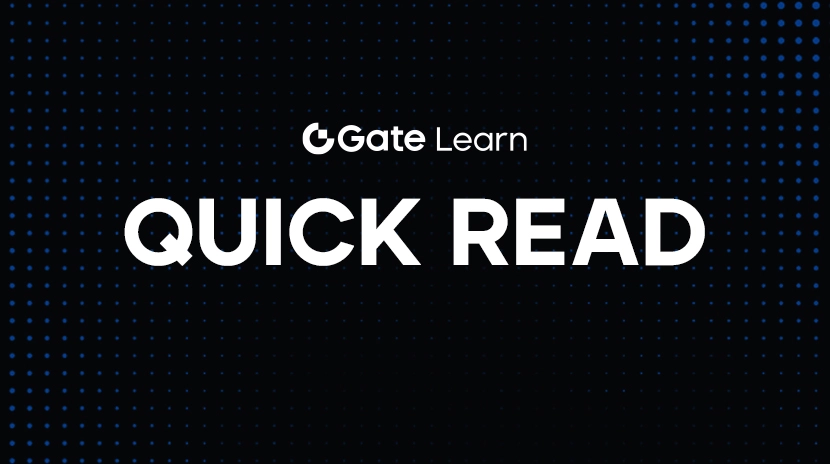
2025 BTC Price Prediction: BTC Trend Forecast Based on Technical and Macroeconomic Data
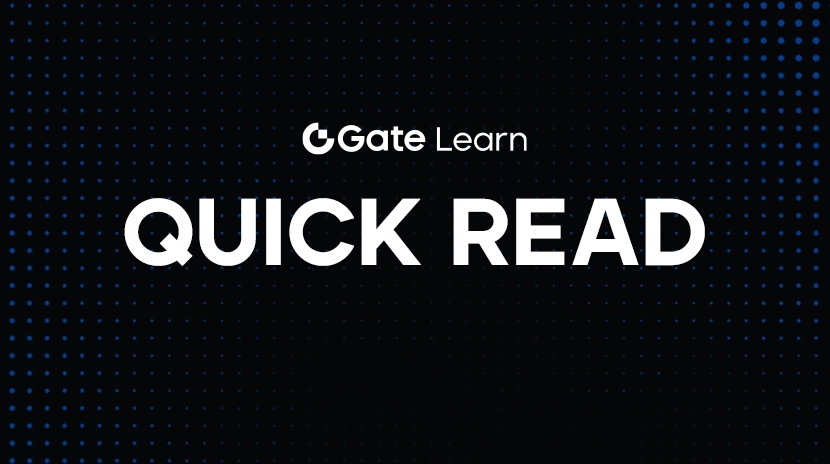
Flare Crypto Explained: What Is Flare Network and Why It Matters in 2025

Pi Coin Transaction Guide: How to Transfer to Gate.com
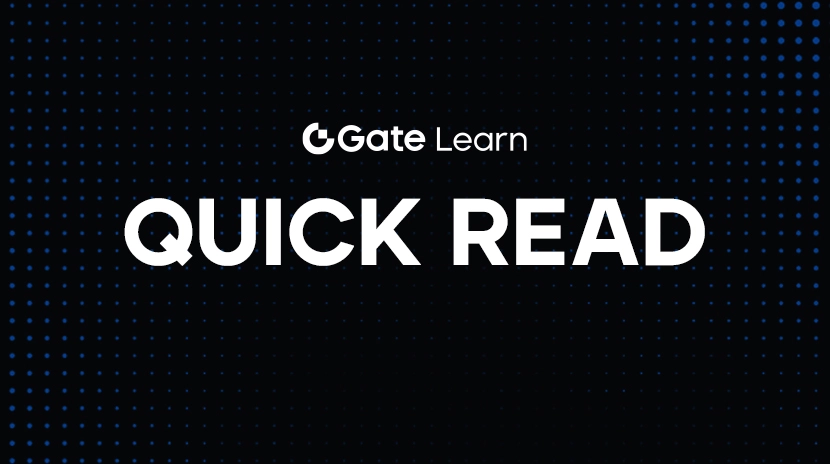
How to Use a Crypto Whale Tracker: Top Tool Recommendation for 2025 to Follow Whale Moves
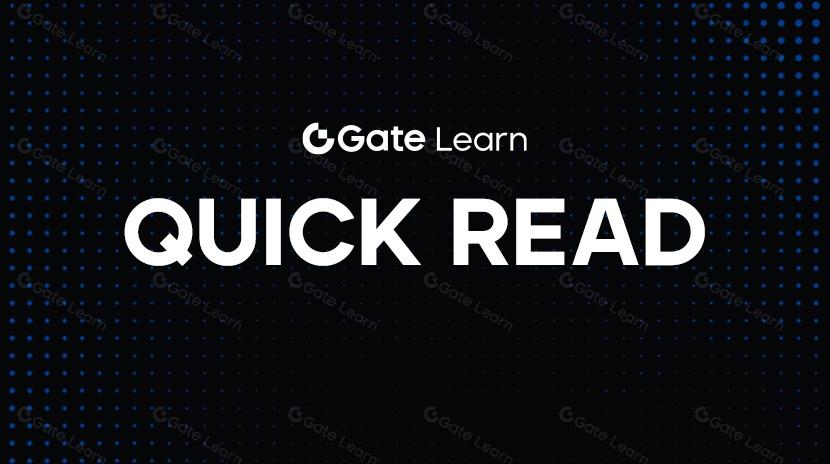
What is N2: An AI-Driven Layer 2 Solution
